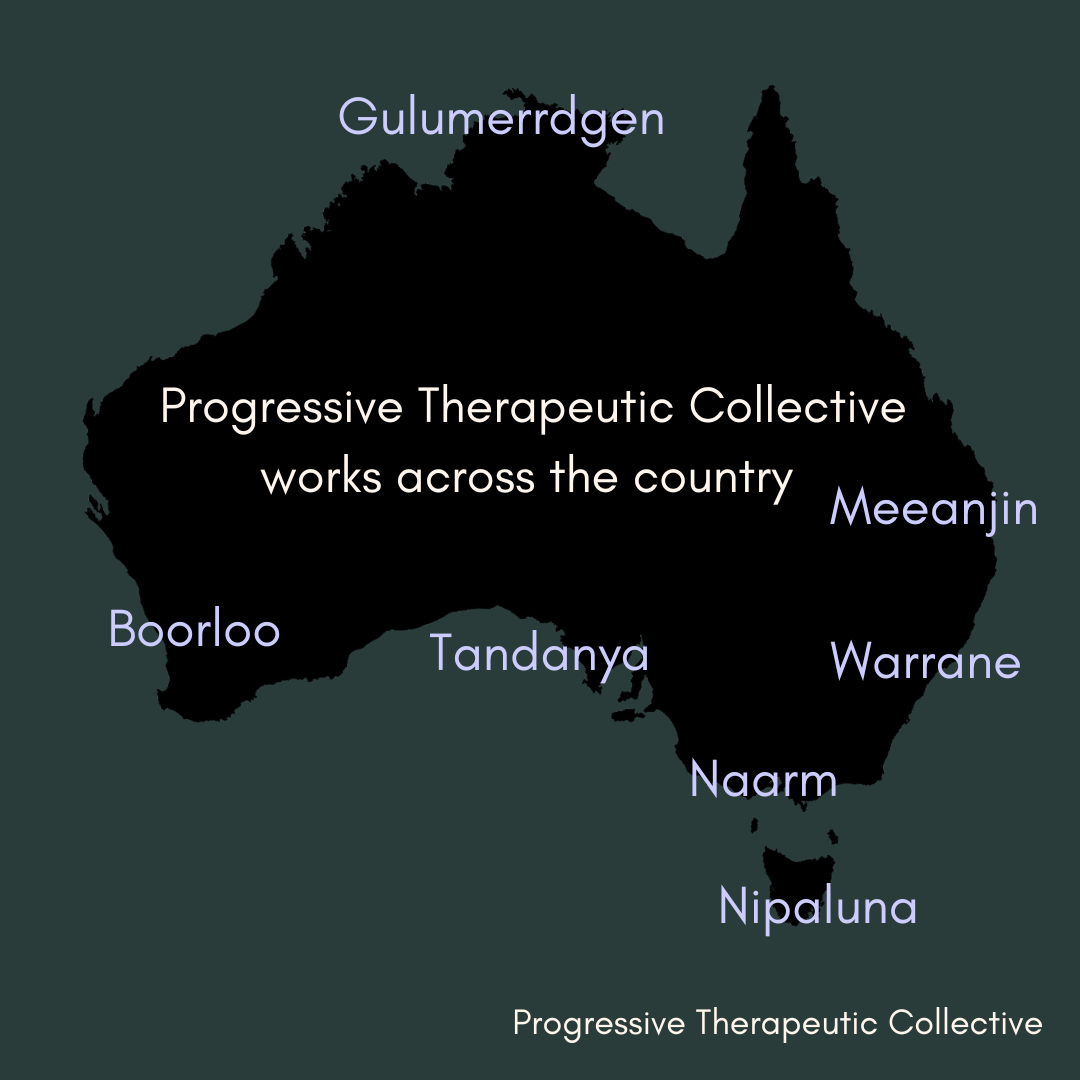Objectification
Objectification, in a kink context, refers to the consensual act of treating a person as an object - sexually, emotionally, or symbolically. Unlike non-consensual objectification (which is rooted in dehumanisation and harm), erotic objectification is negotiated, intentional, and often profoundly intimate.
In this frame, being used, displayed, owned, or stripped of personhood becomes the kink. The person being objectified may feel liberated, eroticised, or deeply submissive. The person objectifying may feel powerful, reverent, or in control.
At PTC, we recognise objectification not as a social harm — but as a powerful, nuanced kink when practiced with care.
Defining Objectification
Objectification in kink can include:
Being treated as furniture (e.g. a footstool, table, display)
Being used without regard for feelings (within agreed limits)
Being stripped of identity (e.g. called “it,” “toy,” or “thing”)
Displayed, admired, or owned as a possession
Being fucked without intimacy - as an object, not a partner
Rituals of dehumanisation or use
Psychological roleplay, restraint, or immobilisation
It often overlaps with humiliation, degradation, dollification, and service submission.
Why the Appeal?
Surrender of Self
For many submissives, objectification offers deep relief: no decisions, no emotions, no responsibilities. Just obedience, service, or stillness.
Power and Use
For dominants, it can be erotic to use someone as an object - with full consent. There is intensity in control without emotional engagement.
Reverence or Display
Objectification doesn’t always mean disrespect. Some people eroticise being worshipped like a sculpture or displayed like art. It’s not always humiliating - sometimes it’s divine.
Fantasy and Roleplay
Objectification is often symbolic. It lets people play with taboo, control, and altered states of identity in ways that feel freeing, not oppressive.
Consent and Communication
Because objectification removes or suspends personhood, it must be meticulously consented to. This includes:
Pre-negotiation of roles, words, and limits
Clear understanding of duration and opt-out
Aftercare and rehumanisation practices
Emotional readiness for both parties
Willingness to pause if discomfort arises
Consent doesn’t end because someone is “just an object.” It becomes even more essential.
Common Questions
Isn’t objectification harmful?
Outside of kink, yes - when done without consent or used to devalue people. But in kink, it’s a chosen dynamic - and can be healing, empowering, or erotic.
Is it always degrading?
No. Some forms of objectification are reverent, ritualistic, or aesthetic. It’s about being used - not necessarily disrespected.
What if I want to be objectified but feel ashamed?
That’s normal. Many people find erotic power in shame, taboo, or transformation. Working with a kink-aware therapist can help unpack the meaning behind the desire.
Conclusion
Objectification is one of kink’s most psychologically layered practices. Done well, it’s not about erasing the person - but building trust deep enough to explore their temporary disappearance.
It can be brutal, beautiful, spiritual, humiliating, or worshipful. What matters most is consent, clarity, and care.
At PTC, we don’t shame dark desires. We hold them - with ethics and understanding.
Disclaimer
This article is for educational and entertainment purposes. It does not constitute clinical or legal advice. All kink should be practiced safely, consensually, and with clear communication. All examples presume adult participants acting with full agency.

